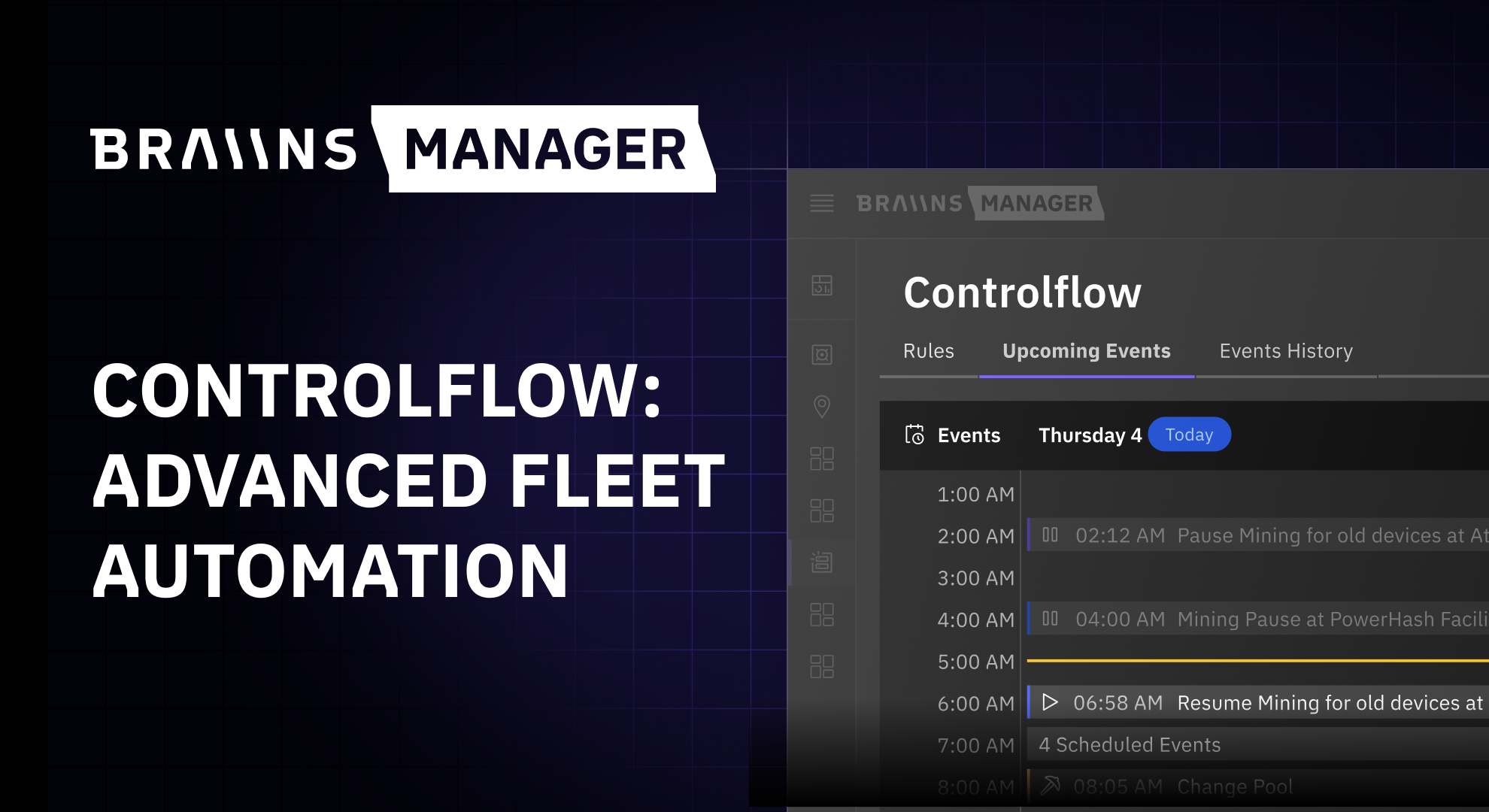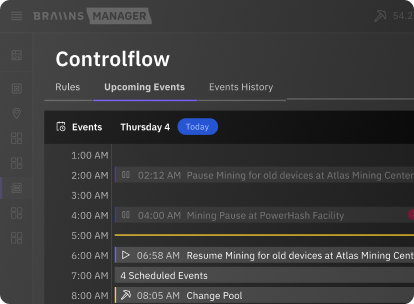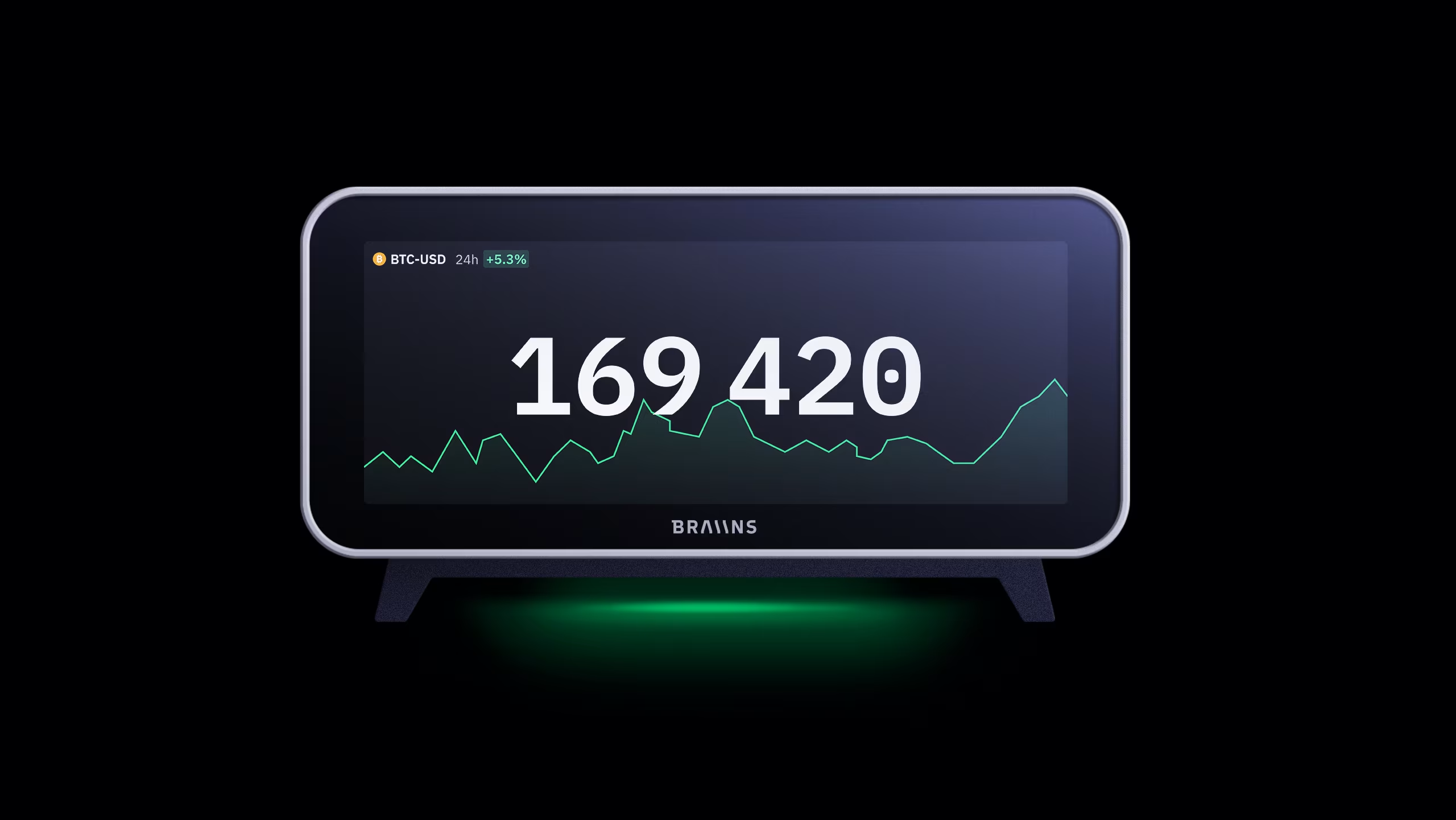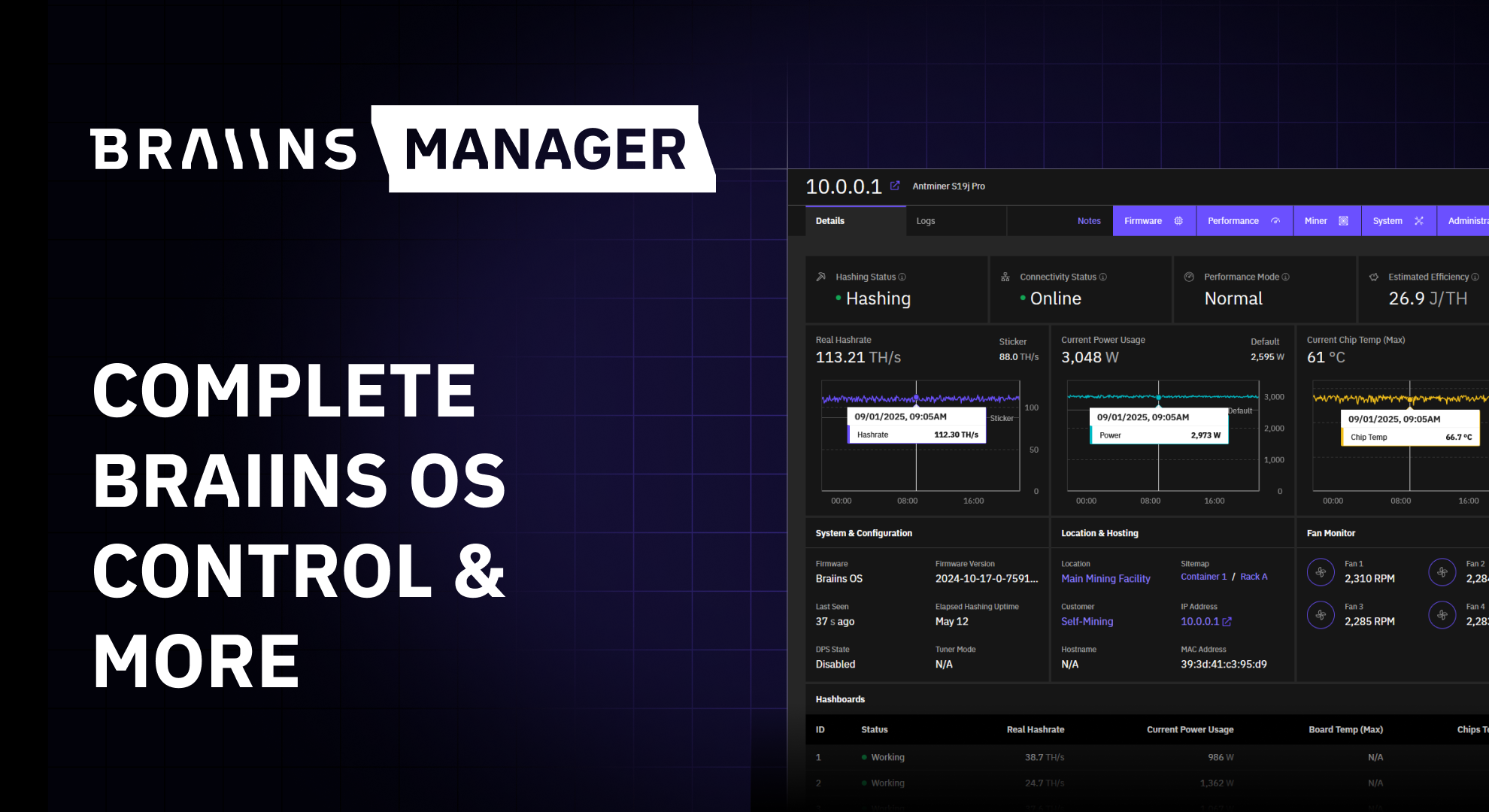Green Innovation in Bitcoin Mining: Recycling ASIC Heat
Published
25.2.2021
Highlighting lower-carbon use cases for Bitcoin mining and why cleantech will play a role in the next evolution of the mining sector.

Table of Contents
This article was written in collaboration with Magdalena Gronowska, a Bitcoiner who has 10 years of experience in energy and carbon markets.
Bitcoin mining is an energy intensive industry. Correspondingly, miners exude large quantities of heat as a byproduct of the hashing process, which conventionally has been vented into the atmosphere. Competitive mining companies are exploring different ways to recover and repurpose waste heat to create additional revenue streams and offset electricity costs.
Heat recovery is a low-carbon technology that cuts across multiple sectors of the economy. Low-grade heat — i.e. low-temperature heat expelled by miners — is required to heat homes and buildings and by certain manufacturing processes (such as in food and beverage production or pulp and paper manufacturing). The primary challenges are identifying effective ways to capture and transfer heat, along with sound economic use cases.
The re-use of waste heat offers environmental benefits — it offsets energy consumption and any associated carbon emissions. Even larger environmental benefits occur if clean electricity powering miners displaces heat generated from fossil fuels. Historically for example, coal, bunker fuel, propane, or natural gas have been used by the North American agricultural industry in heating systems.
Heat recovery applications are a compelling use case for Bitcoin mining in that they can be implemented within both centralized and decentralized mining applications. A large-scale mining installation coupled to a large heat load like a manufacturer, greenhouse, or district heating system could economically benefit in the same way that smaller distributed miners could provide space and water heating for residential and commercial uses.
Energy consumption represents the largest operating cost for mining operations (79% of operational expenses on average). This makes bitcoin mining one of the most energy price-sensitive industries in the world.
Large-scale mining facilities exist in the US, Canada, Iceland, China, Russia, Kazakhstan, Georgia, and Russia, their specific locations largely determined by the holy grail of the mining industry: low electricity prices. A few particularly innovative miners, however, have found a way to share their power bills with other seemingly unrelated businesses.
In this article, we examine 5 mining projects that are helping reduce greenhouse gas emissions by repurposing the heat produced by their ASICs. These projects are important milestones for establishing the feasibility and economics of green Bitcoin mining.
Canada — MintGreen
Bitcoin mining is literally boiling the ocean in an innovative heat recovery application on Vancouver Island, Canada. But this is far from the environmental disaster denounced by Bitcoin’s detractors — it’s the next generation of green mining technology.
The key to MintGreen’s sustainable mining model is that energy is used twice; first to mine Bitcoin, and then to provide zero carbon industrial heating. These systems generate persistent and predictable heat loads year-round, which are sold via heat offtake agreements.
MintGreen’s commercial partnership with Vancouver Island Sea Salt uses a liquid immersion mining system to heat large evaporation tanks to produce gourmet flake salt. Their second collocated site at the Shelter Point Distillery, uses heat from mining in the mash process to make whisky. Salt and whisky – a killer combination for any crypto carnivore.

Pictured: Shelter Point Distillery
Sweden — Genesis Mining Greenhouses
This pilot project gives a new meaning to “green” Bitcoin mining. Genesis Mining has partnered with a handful of public and private organizations in Sweden to develop mining containers with specialized air flow systems that direct waste heat flow into a nearby greenhouse that grows fruits and vegetables. Researchers predict that if a 600kW Genesis mining container can increase greenhouse temperatures by just 20 degrees, the size of the greenhouse can triple in subarctic climates.
"A 1 MW data center would have the ability to strengthen the local self-sufficiency up to 8% with products that are competitive on the market."
- Mattias Vesterlund, Senior Researcher at RISE (Research Institutes of Sweden)
While the project is still in its early stages, Genesis plans to scale this to their other mining operations around the world in the future, most of which are powered by renewable energy. This use case can be replicated by other miners across a variety of farm crops — from fruits and vegetables, to aquaculture, insects, and algae farming.
Netherlands — GreenMine Container
Multiple industrial symbiosis projects between miners and greenhouses are being explored in Europe. In the Netherlands, a greenhouse tomato farm is co-locating with a liquid immersion cooled mining container. This GreenMine Container mines cryptocurrencies and pipes the heat output into an adjacent greenhouse. The heat from the miners is efficiently removed using a non-corrosive oil, transmitted through a heat exchanger, and converted into hot water that heats the greenhouse .
A key feature to note is that this type of solution is extremely scalable. The containers are prefabricated in a standardized way and can be easily transported and installed next to greenhouses, commercial buildings, or any other facilities that require low-grade heat.
As enterprise-scale mining operations grow more common, smaller-scale mining operators are at a competitive disadvantage because they cannot leverage economies of scale. Modular and mobile mining containers enable smaller operators to more effectively compete with large players by improving their economic viability through co-locating with heat loads .
Sustainable Mining and Food Production: An Engineering Match Made in Heaven
Building out mining capacity around the world has broader implications beyond increasing domestic manufacturing capacity. Similar to how mining can improve the economics of renewables and other energy infrastructure where it is currently not feasible, such as to grid disconnected communities or stranded energy resources, mining can also improve the economics of food production.
Reusing waste heat for food production can offer broader societal benefits — it can help address domestic food insecurity and unreliability. Food insecurity is disproportionately worse in Northern regions, like Canada and Alaska, where the majority of fruits and vegetables are imported, resulting in lower nutritional value and increased food spoilage.

Co-locating miners with food producers can improve the economics of providing fresh food year-round. In addition to large-scale greenhouse operations highlighted in the two examples above, shipping container farming using hydroponics (a farming technique that grows plants in a solution of water and nutrients without any soil) are well-suited to more remote or distributed containerized mining farms as these systems are equally modular, mobile, and stackable.
Governments often subsidize access to nutritious food for their citizens; however, there is an economic case to be made for targeting more sustainable and self-sufficient methods of food production instead of perpetual subsidies. Forward thinking countries like Sweden are recognizing the opportunities to achieve industrial synergies between two very different industries.
France — Sato from WiseMining

Just announced earlier this February, WiseMining is an early-stage project from WisElement, which is a French startup working on building solutions to reduce the energy consumption of buildings. WiseMining has developed a Bitcoin water boiler where the ASIC hashboards (containing the chips that do the actual mining hash computations) are removed from their typical metal “shoebox” and placed directly into a custom container below the water boiler. This type of setup has numerous advantages, which are explained more in the next section.
The idea for a boiler that uses ASICs for heat production has been around for many years and is rather simple in theory, but it has proven difficult to put into practice so far. Adding mining hardware and supplementary components to a boiler system increases the up-front costs compared to a traditional water heater, as well as potentially adding extra complexity to operating and maintaining it.
Based on WiseMining’s prototype for Sato, shown in the video below, we think the potential is there for this application to be viable. Regardless, for some Bitcoiners, the opportunity to heat their home with miners may be worth the additional costs, even if the mining revenue does not fully recover the initial capital investment.
United States — SPA-256 Hot Tub
This article simply wouldn’t be complete without the fun use case that originally inspired it: the SPA-256 by Jesse Peltan.
Jesse arranged his ASICs in an oil bath, similarly to the hashboards in the WiseMining prototype, MintGreen’s pilot projects, or the GreenMine Container. The heat absorbed by the fluid is transferred to a liquid-to-liquid heat exchanger, which can be used to heat the spa.
Immersion cooling offers several key benefits:
- The ASICs run more efficiently than if they are air cooled, as there is no need to run fans to blow out the hot air.
- There is a much lower risk of overheating, so the ASICs can be more safely overclocked to increase hashrate.
- Immersion cooling has the potential to extend the lifespan of the silicon hashing chips as it cools them more effectively.
- While ASICs are normally very loud, they are practically silent when immersed.
Cooling fluid has far greater heat density (>1000x) than that of air, which means that it can safely absorb a lot more heat output from the ASICs and transfer it more effectively through a heat exchanger. This is some seriously cool engineering and probably the most relaxing method of stacking sats we have ever seen.
The Next Generation of Green Mining
The innovative use cases for repurposing heat that we have described in this article are just one of many ways that Bitcoin’s environmental impact can be lowered . What’s particularly exciting is that these applications are in the economic self-interest of miners, as they convert what would otherwise be a waste product (heat) into something useful.
As the mining industry continues to evolve and optimize, we expect innovative heat recovery applications, as those featured above, to become more commonplace — and especially when the large profit margins that miners enjoy during this bull market inevitably shrink and competition grows fiercer.
Carbon pricing and complementary policies advancing heat recovery and district heating initiatives will further incentivize miners to “dabble” in cleantech. Many countries provide considerable public sector funding for low-carbon or energy efficiency equipment in manufacturing or the agricultural sector. I see a future phase of pilot projects in the Bitcoin mining sector exploring fully integrated systems where heat and carbon dioxide and other air emissions from fuel combustion will be recovered to produce food, pharmaceuticals, or purpose grown biomass for biofuels, as are currently being piloted in the power generation industry. Savvy companies will take advantage of millions of dollars in government funding to optimize for multiple revenue streams.
Categories
Be the first to know!
Read Privacy Policy.
Most Recent Articles

Introducing Controlflow: Advanced Automation in Braiins Manager
9.12.2025




